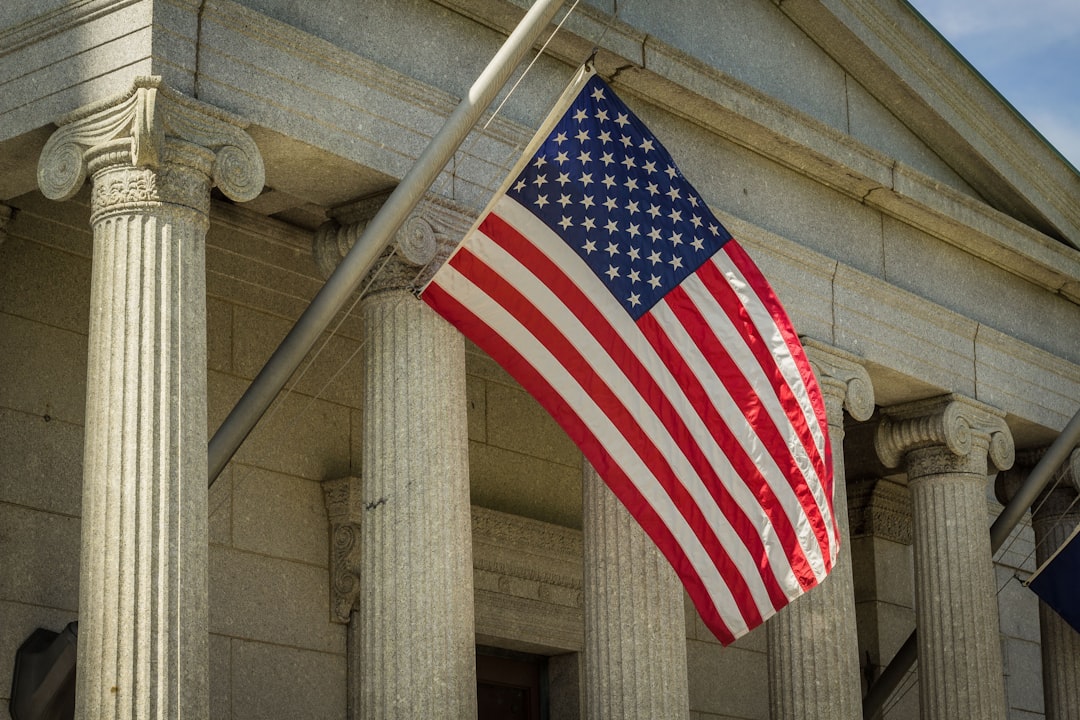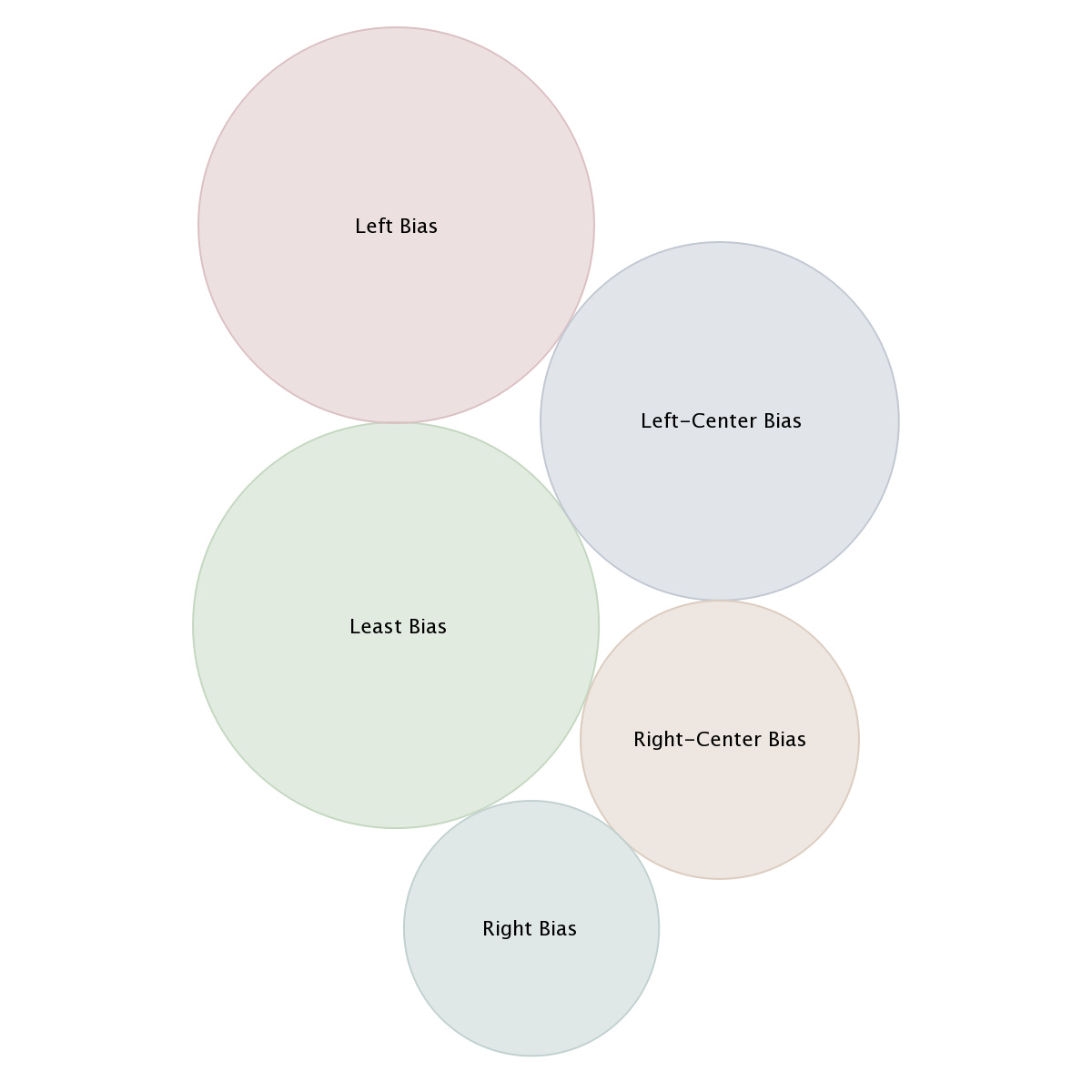
Nearly a month after the FBI raid on former President Donald Trump's Mar-a-Lago Estate, U.S. media coverage remains turbulent. As both sides continue to accuse, argue, and assess the situation, this Mar-a-Lago Raid brief from EdgeTheory provides key insights into U.S. media coverage from 499 sources across 4,937 unique narratives.
Donald Trump's documents have remained a popular topic as the story continues to unfold. U.S. Media coverage saw a spike on Wednesday, August 31st following the most recent developments. On the night of Tuesday, August 30th, the Justice Department submitted a filing in response to Trump's request for a "special master," an independent third party tasked with reviewing the documents seized by the FBI raid. This, in turn, led Trump and his legal team to submit another court filing before the previously scheduled hearing on September 1st, presided by Judge Aileen Cannon. On Monday, September 5th, Judge Cannon granted Trump's request for a special master.

Trend data from U.S. Media shows that last Wednesday's keywords reflect the filing of both the DOJ and Trump for the upcoming hearing. The surge in media coverage before the day of the hearing can be accounted for by the dual coverage of both the DOJ's filing late Tuesday night and that of the Trump legal team's response.
Surfaced keywords from the Mar-a-Lago Raid brief show surprising uniformity despite the contentious nature of the issue. As shown on the left of the figure below, the language used to describe the narrative is consistent among sources, as none of the surfaced keywords drastically differ in number.

In contrast, the right side of the figure shows that the top five keywords by mentions appear significantly more often than keywords found further down the list. "Justice Department," in particular, is mentioned over four times more often than the last keyword on the list. This contrast suggests that the U.S. media is consistently emphasizing the DOJ and Trump in their narratives, rather than shifting the focus elsewhere in this story.
While keywords across the U.S. media remain consistent, the sources' bias in amplifying these narratives demonstrates a left-leaning trend. Overall, sources with a left or left-center bias have amplified this story more than twice as much as those identified with a right or right-center bias.

In the top 10 most active sources alone, left-biased and left-center-biased sources account for 7. These sources include Raw Story, MSNBC, CNN, Mediaite, Political Tribune, Business Insider, and ABC News. The Washington Times and the Washington Examiner account for the two sources with right or right-centered bias, and only The Hill falls in the "least bias" category. While this contrast in coverage may not surprise many due to the subject of the issue, the amplification of the issue by the left and the lack thereof from the right highlights both the politicization of the topic and the focus of each side as the midterms approach.
Now that Trump's request for a special master has been granted, the DOJ's investigation and the overall situation will likely present new issues and challenges. As the U.S. media continues to embroil over this issue, this narrative intelligence brief will continue to provide updates on the media's coverage: